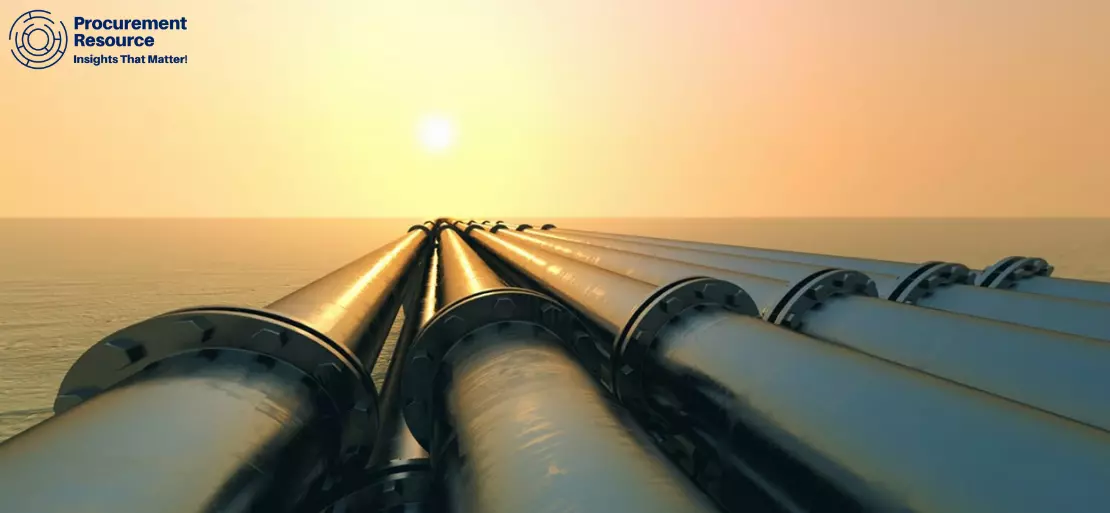India’s Gas Imports Expected to Rise as Demand Increases

India’s gas imports are expected to rise after months of rigorous lockdowns, despite various disturbances caused by the COVID-19 outbreak. While the recent monsoon season had proven to be problematic for India’s gas import, with the lifting of lockdown measures, the imports increased as well, and the demand was observed to almost reach the pre-pandemic level. Companies like GAIL have also resumed theri operations throughout the nation, which were previously either shut or were working at fewer capacities.
India’s city gas distribution companies tend to supply liquified natural gas for transport, domestic households, and small industries. However, the distribution was disturbed due to the COVID-19 outbreak, leading to months of shutdowns in production chains, operations, distribution chains, and various other projects.
The decrease in domestic demand for liquified natural gas was also one of the many reasons leading to a significant decrease in imports. The travel restrictions imposed by governments across the globe made it further difficult for companies to ship their cargos to different countries. The monsoon season in India also caused various transportation-related problems, which further slowed down the import activities.
Spot LNG imports by gas-based power plants reached a new benchmark in March 2020, which was recorded to be the highest for 2019-20. This sudden rise in spot LNG import was observed due to the decline in the domestic natural gas production in the last two quarters.
The liquified natural gas imports reached the lowest when the COVID-19 lockdowns hit industrial activities and mobility. In the month of April 2020, the demand was recorded to be the lowest since March 2015, according to the government data.
The demand for gas only started to increase after the restrictions were eased from the month of May 2020. The domestic demand for natural gas increased and lead to a significant jump of 18% in the overall financial year of 2019-20, which was facilitated by the weaker global prices of LNG, prompting the local industry to consume more.
The City Gas Distribution companies also increased their imports in the fiscal year 2019-20. Similarly, the petrochemical industry also observed an increase in the demand for LNG imports.
The LNG imports by refiners also jumped by 13.40 % in the same fiscal year. Further, all the major industries across the nation, which consume liquified natural gas, observed a significant jump in demand last fiscal year. The data released by the government show a 26% increase in the LNG imports by the power sector. Since India meets almost half of its daily gas demand via imports, it is set to increase its imports even further in the near future.
India’s gas imports are likely to increase, with GAIL, the largest state-owned natural gas processing, and distribution company, looking forward to reopening its western India imports facility, after months of lockdowns during the monsoon, due to the sudden increase in local demand, which reached pre-pandemic levels. GAIL earlier had to stop its imports of liquified natural gas cargoes at its Ratnagiri terminal in the month of May, as the monsoon season made the operations tougher due to a lack of breakwater to protect the harbour from giant waves.
With such import activity imbalance, India remained one of the few countries to develop LNG demands in Asia up to March 2020. The lockdown measures, which were meant to significantly control the outbreak of COVID-19 severely impacted the nationwide LNG demand from refineries, power plants, city gas distribution companies, as well as the petrochemical sector.
In order to tackle these imbalanced equations of import activities, India is planning to add more stations to provide gas to the automobile sector and build import facilities, and pipelines as Prime Minister Narendra Modi is keen to boost the dominance of cleaner fuel in the energy mix from 6.2% to 15% by the year 2030.


.webp)
